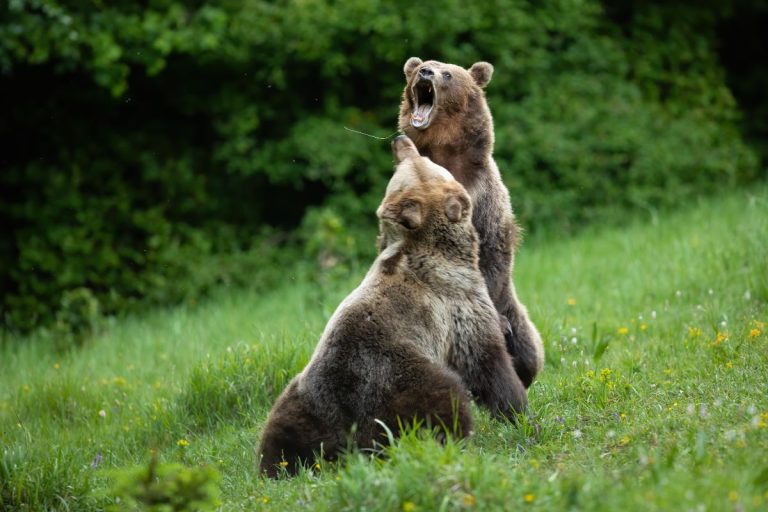It's summer and thousands of Americans are heading to the great outdoors to discover the wonders of nature. In this article, we'll unveil America's ten most dangerous national parks, bringing you a combination of useful facts, interesting characters, and a dash of common sense.
Interestingly, according to NPR, a quarter of American adults claim to live in constant fear of potential attacks within their neighborhoods, so there's…
The National Park Service reported 3,020 deaths
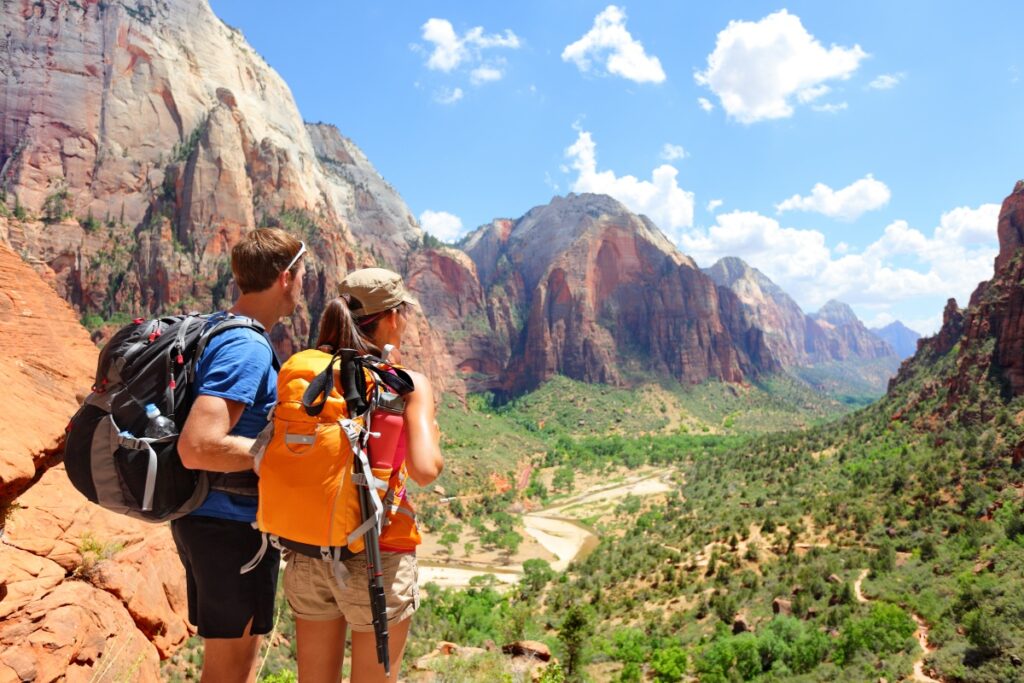

Research shows that 1 in 10 American adults and 1 in 5 teens will deal with a specific phobic disorder at some point in their lives. Many people are afraid of national parks, which is understandable since the National Park Service reports that 3,020 deaths were recorded in NPS units between 2007 and 2020. We'll dig a little deeper into why and where these deaths occur to help you establish your position. Fears.
Denali National Park
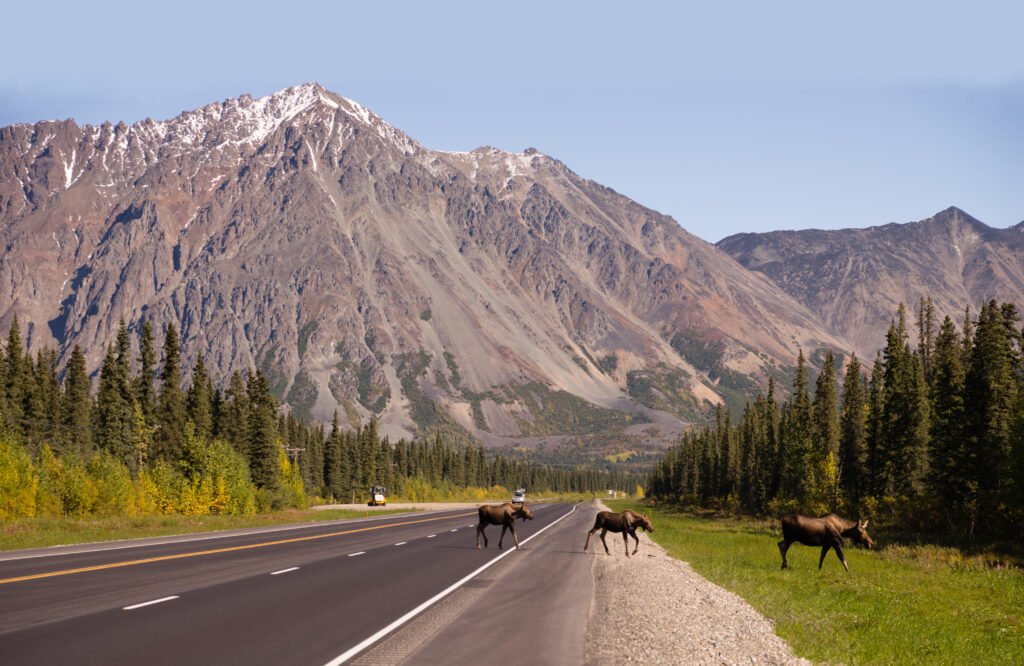

Denali National Park has the highest mountain in North America and is home to a 7,408-square-mile area of remote wilderness filled with grizzly bears and bitterly cold winters. It's no surprise that it tops our list of deadliest national parks. It's where mountaineers go to brave the wilderness, and some lose. Backpacker Magazine says: “Considering its death rate per capita, Denali (9.8 DPM) is the most dangerous national park of all — ten times more dangerous than the Great Smoky Mountains, which sees less than one death per million visitors (DPM).”
North Cascades National Park
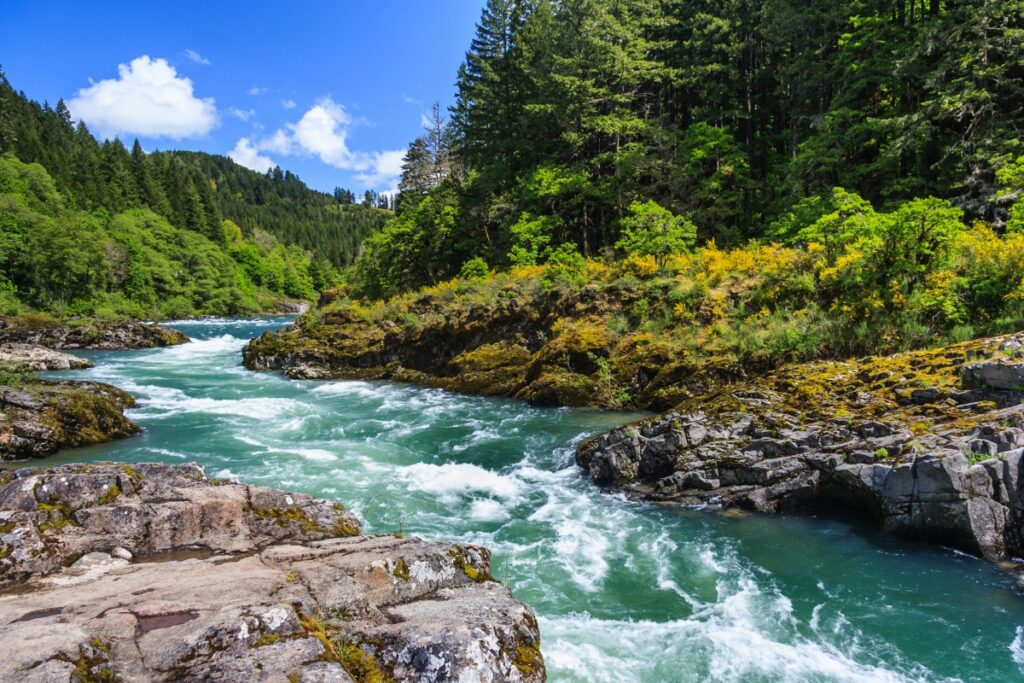

National park data from the past decade indicates that North Cascades National Park has the highest mortality rate of any national park. It depends on how you define “visitor,” but the risk is real. The North Cascades are a training ground for many climbers, which means their skills are never fully honed. It's also more accessible than Denali, so it lacks the physical and financial barriers to entry that keep inexperienced and unprepared people from getting in over their heads compared to Denali.
Lake Mead National Recreation Area
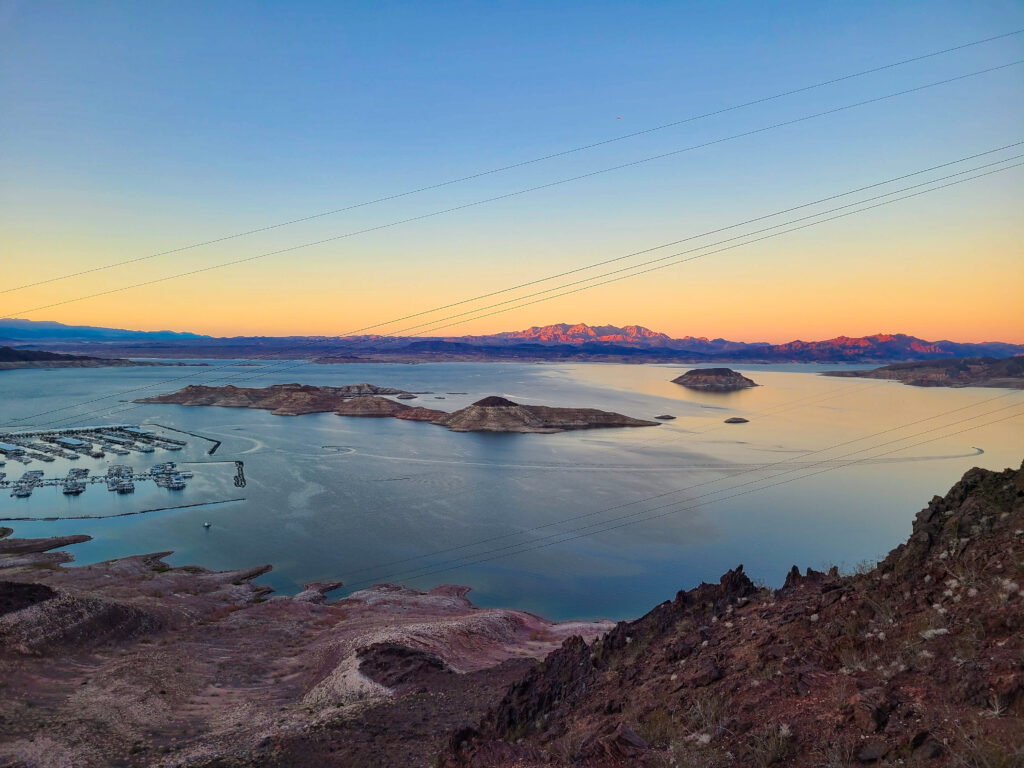

Lake Mead National Recreation Area tops other lists with the highest number of fatalities. More people are killed on Lake Mead by boating than by mountaineering in Alaska. National Park Service data [NPSD] It shows 145 people died at Lake Mead from 2014 to 2021, 47 of them from drowning. Lake Mead spokeswoman Christy Vanover says only a small percentage of drownings — and deaths overall — appear to be alcohol-related. Weather, especially wind, tends to be a much bigger factor.
Grand Canyon National Park
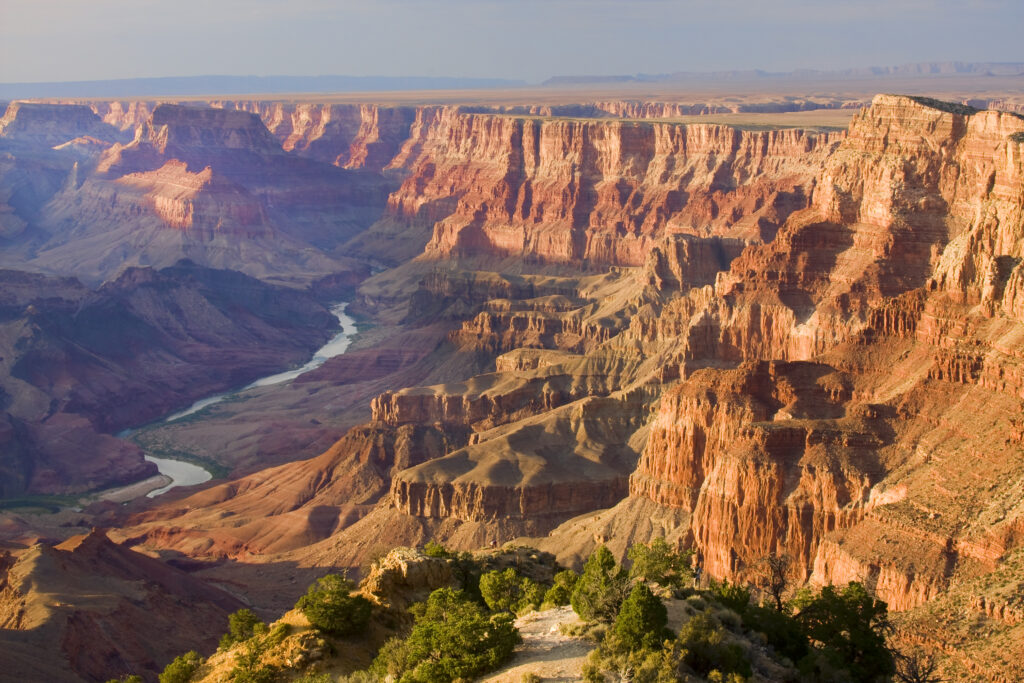

The Grand Canyon has a deadly combination of extreme heat in the interior and steep cliffs at the rim. What's even scarier is that hiking in the Grand Canyon starts at the summit, so weary and thirsty hikers must head back up during the hottest part of the day. NPSD data shows there were 97 deaths in the Grand Canyon from 2014 to 2021. The DPM could be much higher, but most canyon visitors heed the park's warning and stay close to the rim. Few people venture into the depths of the canyon because it requires a very restrictive permit to secure a campsite.
Yosemite National Park
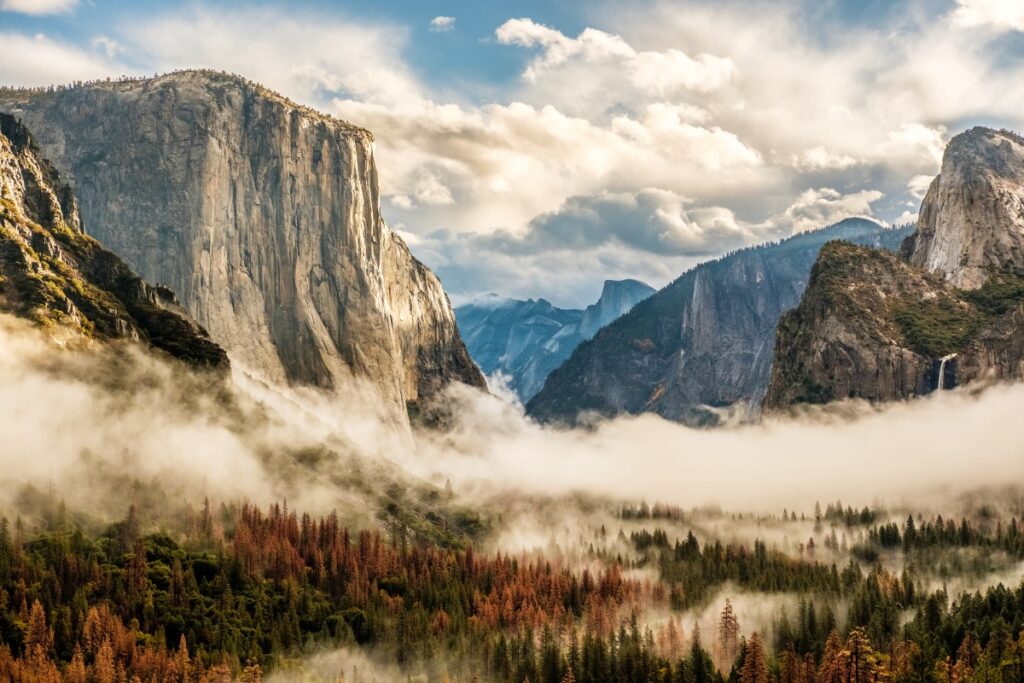

Recent data suggests that Yosemite has surpassed the Grand Canyon in the number of annual deaths, despite receiving far fewer visitors. The difference is the park's famous granite domes and steep cliffs that make Yosemite a popular destination for rock climbers. An estimated 2.5 climbers die each year, meaning about 20 climbers died during the 2014-2021 NPSD study period. That's enough to push Yosemite ahead of the Grand Canyon, but the park receives between 25,000 and 50,000 climbing days a year, so take that number with a grain of salt.
Big Bend National Park
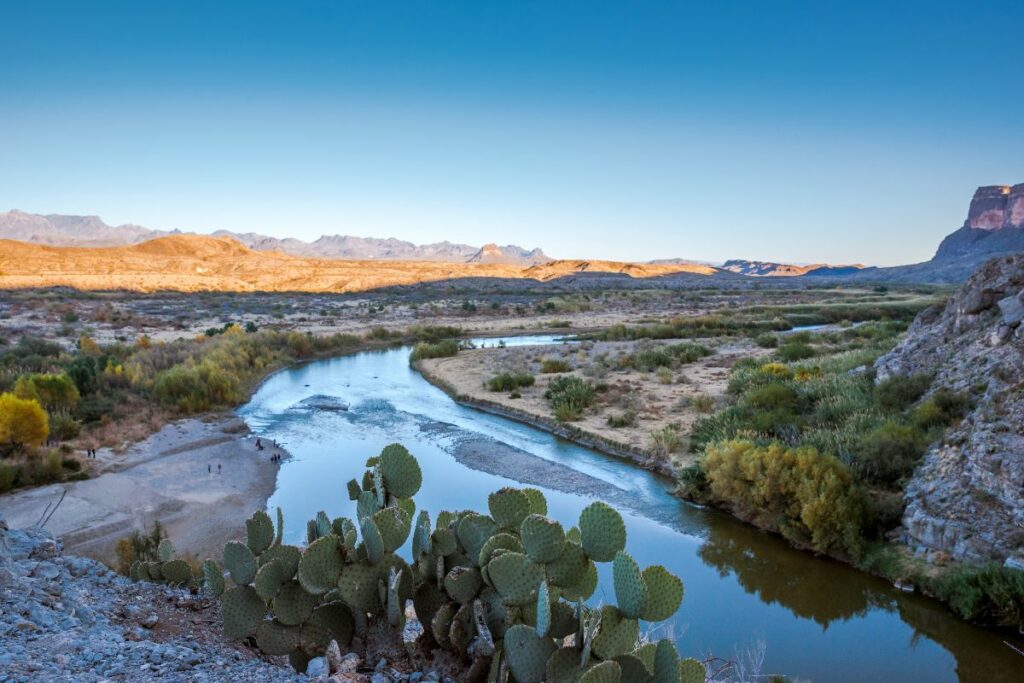

Big Bend National Park has a bad reputation for being the most dangerous national park in America. And with its extreme weather and isolated location in West Texas, it's easy to see why. Moreover, there is a raging river running through the park. The Santa Elena Valley was the last major valley explored by the United States. Robert Hale made the first exploration of the canyon in 1899, 30 years after John Wesley Powell paddled through the Grand Canyon. Big Bend National Park is one of the most remote wilderness areas in the lower 48 states.
Great Smoky Mountains National Park
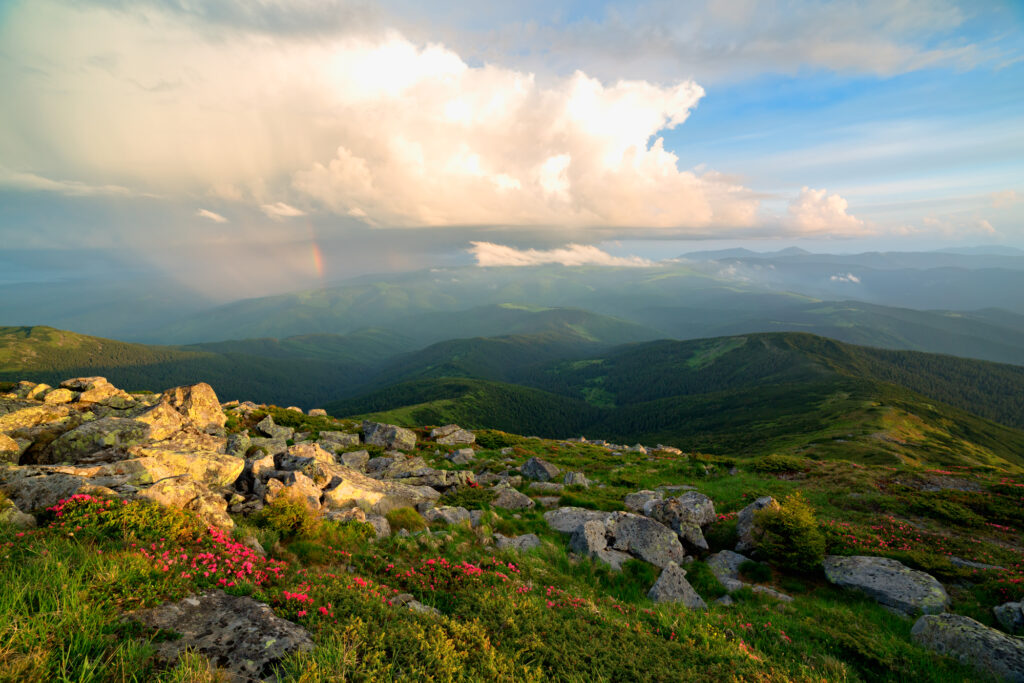

If you're reading this article and haven't seen Cocaine Bear yet, I have a movie suggestion for you. It's a (very) horror/comedy loosely based on the real-life story of a “cocaine-addled apex predator” ripping people's limbs off in the Great Smoky Mountains. In real life, the park is known for its bear sightings, but only two bear-related human deaths have been reported within Great Smoky Mountains National Park – ever. The real danger isn't the bears, but the 384 miles of trail in the park. In the Smokies, traffic accidents accounted for 43.6% between 2007 and 2020, and medical deaths (such as heart attacks) were the second cause of death at 14.9%.
Redwood National Park
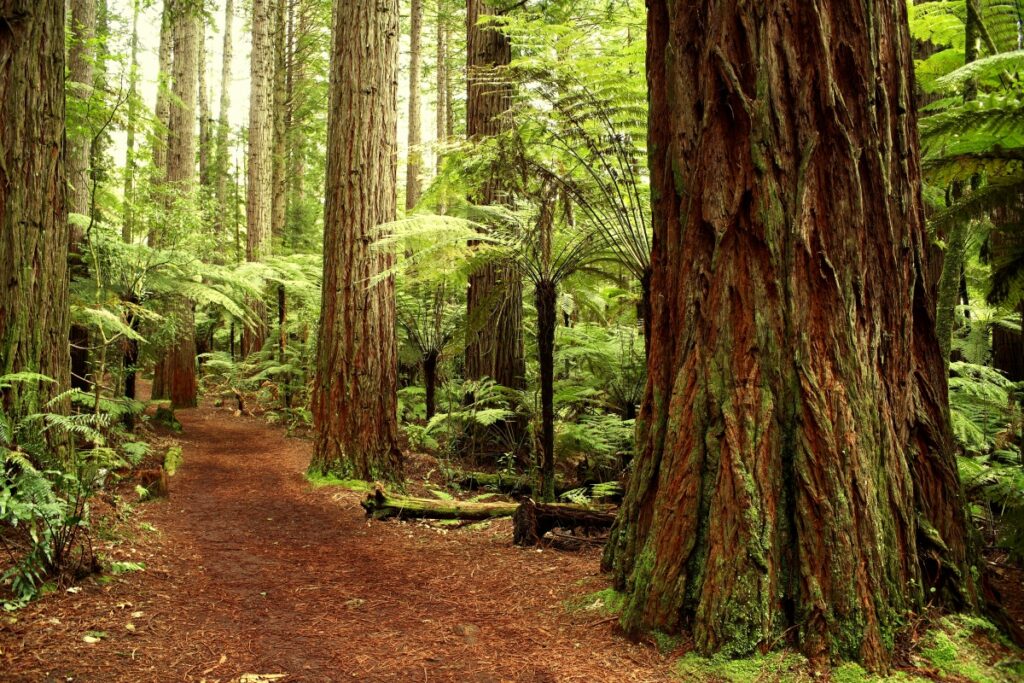

Redwood trees are the tallest living things and are believed to be home to the mythical ape-like creature Bigfoot. Of course, if human beings were killing hikers in the park, they would have been spotted by now, right? Hulu's three-part documentary series Sasquatch investigates a series of grisly murders attributed to Bigfoot, but finds a violent underworld of cannabis growers fighting over land. It turns out that it's neither Bigfoot nor drug lords that make Redwood National Park so deadly. Nearly a third of deaths in the park are due to traffic accidents, and the famous Avenue of the Giants is a major tourist attraction.
Death Valley National Park
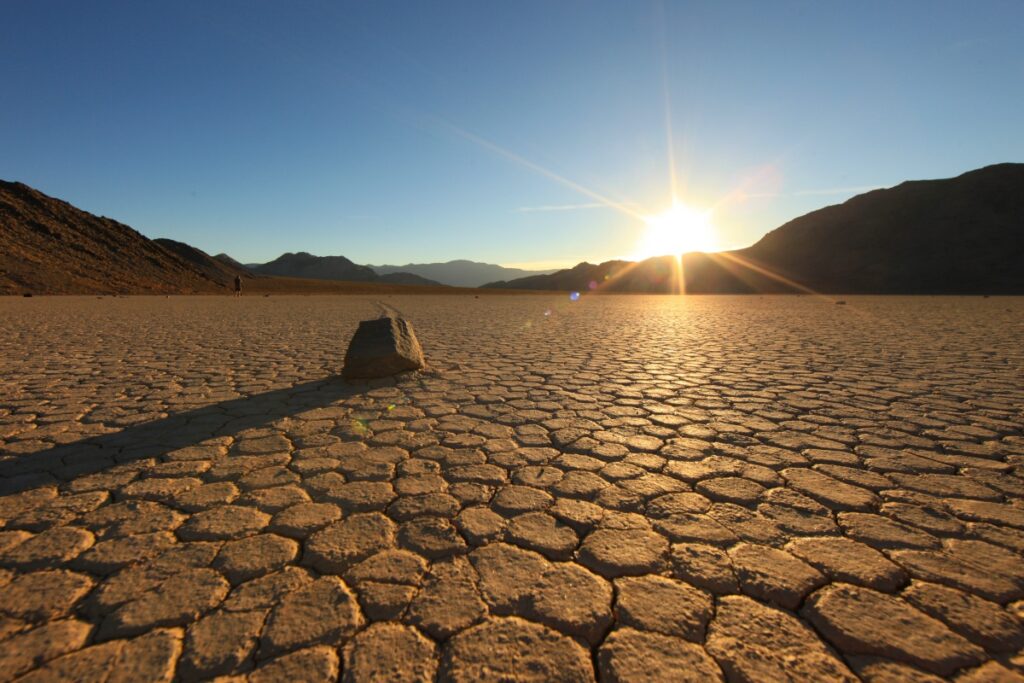

Of course Death Valley is dangerous… It's in the name, right? It is the hottest and lowest place in the United States. Located 282 feet below sea level, Badwater Basin is so dry that visitors often mistake the thick layer of salt on the valley floor for snow. You may see a trend here, but again, traffic fatalities are the leading cause of death in the park. The roads in Death Valley are particularly treacherous with drivers suffering from eye strain from the sun's glare and long, monotonous sections. Another compounding factor was the massive devastation of the park, which slowed response time and increased deaths.
Natchez Trace Parkway
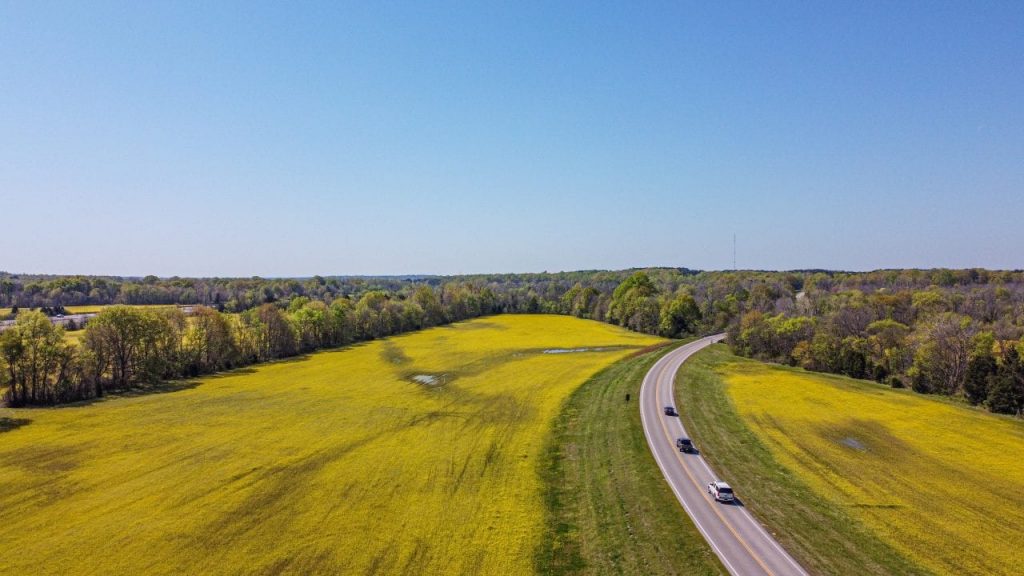

From the last two entries, you can probably guess where this is headed. The most dangerous part of the Parkway is the road itself. It's a winding road that winds through some of the most scenic parts of the South, but you're still in a moving vehicle traveling at 45 miles per hour. Driving is intrinsically dangerous, so any park with a significant amount of traffic will have a certain number of fatalities.
Steps to stay safe while visiting national parks


Hazardous activities such as mountaineering, rock climbing, boating, and hiking in extreme weather conditions also contribute to national park fatalities. If you're heading to the national parks this year, take a little extra time to research and plan your trip. Be safe and follow park rules, including trail rules. Be kind to yourself too. Going out into the wilderness can be stressful, and many accidents arise from fatigue and poor judgment.
Here's more:
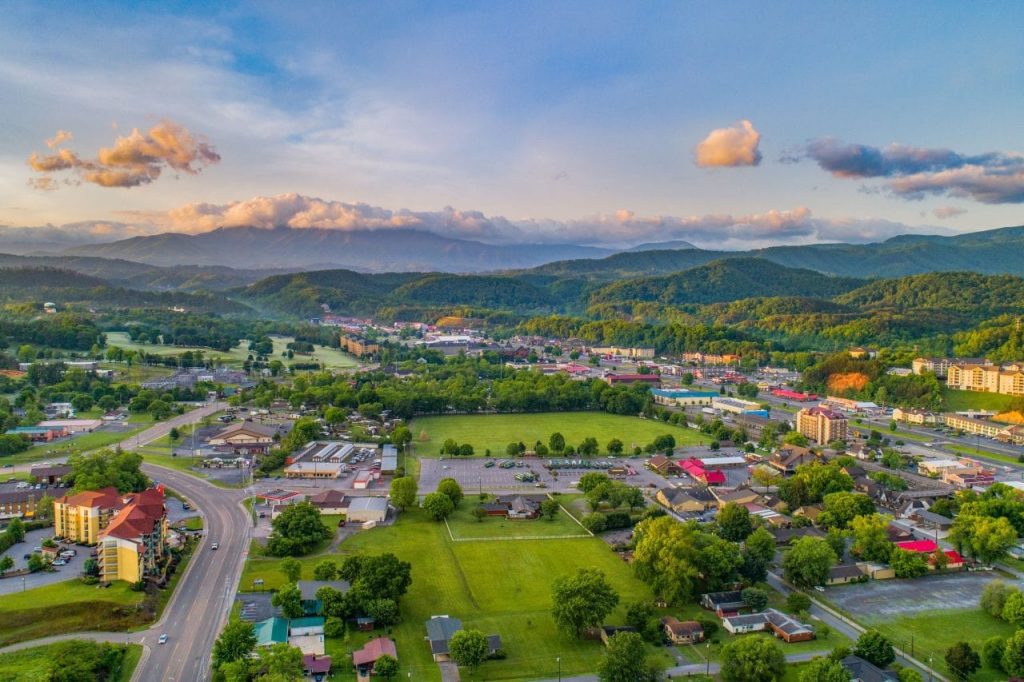

Want a romantic getaway to the Smokies and looking for a home base? Look no further; A romantic, adventurous getaway to Sevierville is the answer! It's close enough to enjoy it all but secluded enough to find some romantic time for your next couple's trip.
A romantic, adventurous getaway to Sevierville – the gateway to the Great Smoky Mountains
Hiking in Glacier National Park – 9 Hikes You Must Try


Hiking in Glacier National Park among rugged mountains and crystal blue alpine lakes is an adventure that can change you forever. This article will introduce you to the nine best hikes in Glacier NP, as well as local hikes and tips to help you make the most of your time in the park.
Hiking in Glacier National Park – 9 Hikes You Must Try
Hello! We are Jane and Ed Coleman also known as Coleman Concierge. In short, we are a 10th generation couple from Huntsville sharing our stories of amazing adventures through transformative and experiential activity-based travel.

